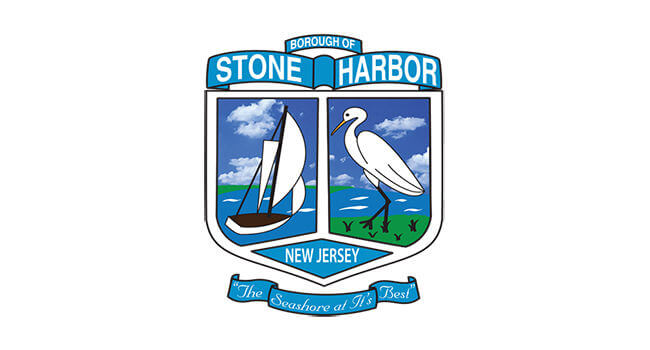STONE HARBOR – The borough’s external auditor made a presentation about beach utilities at the Borough Council’s Oct. 15 meeting, part of a wide-ranging consideration of options that might aid the borough in addressing an appropriations cap problem that could hamper budget formulation for 2025.
Auditor Michael Garcia’s bottom line: No recommendation to create such a utility unless the borough raised beach tag prices substantially and Avalon did likewise, or unless there was a big increase in beach traffic, which is not expected.
According to Garcia, of Ford-Scott & Associates, the borough allocates roughly $1.8 million a year to its beaches. The most significant item of expense is the salaries and wages paid to lifeguards and taggers during the summer season. Other areas of expense include beach maintenance, which can involve capital expenditures, and indirect costs from municipal departments like Public Works for work done specifically on the beaches.
In New Jersey, utilities represent ways to take activity out of the general fund budget, which is largely driven by tax revenue, and place it where its source of revenue is based on user fees. The most common use of the utility concept is for water and sewer functions. Such utilities allow the expense of maintaining and managing water and sewer systems to be moved to the utility and be supported by the rates charged for water and sewer use by those connected to the system.
Beach utilities are less common, but the county does have examples of them in Cape May City and Avalon. Normally beach utilities, like all municipal utilities, are self-liquidating. That means they arrange their user fees to ensure that the revenue is sufficient to cover the expenses grouped under the utility. The major source of funds for a beach utility is generally beach tag revenue.
In Cape May City the beach utility is fully self-supporting, with a budget of over $4 million, of which $3 million comes from user fees, meaning tag sales. The budget is also supported by the utility’s surplus account, excess revenues from past years that were successfully placed in surplus to support future budgets.
In Avalon the beach utility runs at a deficit each year by design. The borough elects to support the utility budget with general fund revenue, mostly from the property tax levy, rather than allow the price of beach tags to rise to the level necessary to make the beach utility self-liquidating.
Garcia presented both models to the Stone Harbor council, using data from recent audited statements and from the current municipal budget to show the council that the current level of pricing and sales of beach tags in Stone Harbor could not support a self-financing beach utility.
To establish one would mean having to subsidize it with general fund revenue, as Avalon does, or raising the cost of the beach tags substantially.
Given that Stone Harbor has a reciprocal agreement with Avalon that allows beachgoers to use beaches all along 7 Mile Island with either community’s beach tag, the concept of a substantial increase in beach tag fees in Stone Harbor without Avalon doing the same would completely undermine the existing revenue stream from tag sales. People will buy tags in Avalon if those tags are substantially cheaper, Garcia said.
The auditor summed up by telling the council that if the borough established a beach utility but had to subsidize it as Avalon does, the utility would gain no benefit in addressing the appropriations cap problem in Stone Harbor. As Garcia put it, “There would only be a financial benefit if the beach utility is self-liquidating,” which it could not be without the substantial rise in beach tag prices.
The state has two annual budget caps. One limits the amount that the tax levy can be raised in any one year, and the other places limits on growth in spending or appropriations. Stone Harbor’s problem, according to an Aug. 6 presentation by Garcia, is that it has come too close to the spending cap, leaving it little flexibility for growth in operating expense or other areas of spending that the state counts toward the cap.
What makes the beach utility work in Cape May City is the sheer volume of tag sales, a volume not expected in a community like Stone Harbor. Without it, or without some form of reciprocal increase in Avalon tag prices, the concept of a beach utility is not one that Garcia felt he could recommend for Stone Harbor.
Contact the reporter, Vince Conti, at vconti@cmcherald.com.








